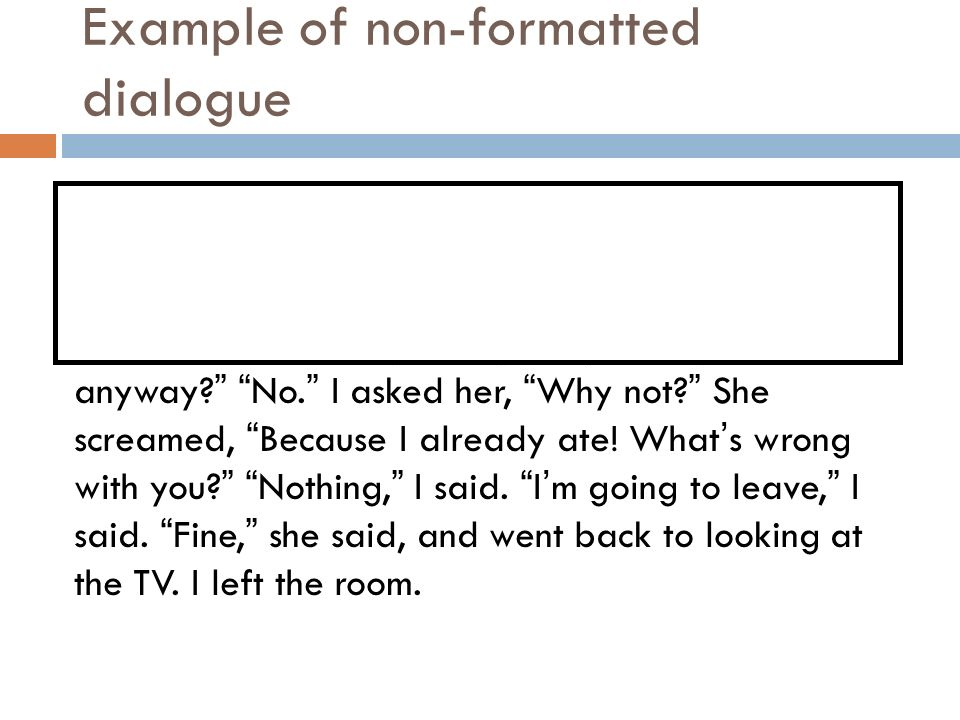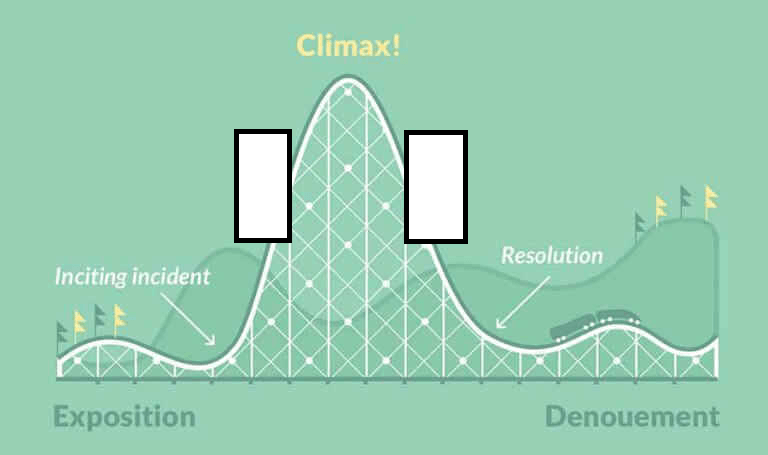The feeling that a READER gets from a story
The mood
The use of any object, person, place or action that both has a meaning in itself and that stands for something larger than itself
"Raheem is often distracted, but he always manages to stay focused on girls."
What characterization is this an example of?
Direct characterization (the author is directly telling us a fact about the character)
"The baby was like an octopus, grabbing at all the cans on the grocery store shelves," is an example of this literary device.
Simile
Often, authors will have to provide background information in the beginning of a story to fill the reader in. This is called ___________
Exposition
The author's attitude towards the subject on hand
BONUS: How would you describe Alexie's throughout Part Time Indian?
Tone; humorous + cavalier + "making light" of
The specific dictionary definition of a word (not connotation...)
Denotation
The feelings & associations that SURROUND a word (not denotation)...
Connotation
This literary device is used when an author makes the reader think one thing will happen and something unexpected happens instead.
Situational Irony
The end of a narrative; when all the plot points are "tied up", is called the _________
Resolution
How do you use correct punctuation in the following lines of dialogue:
"That's when Marty said to me, "I don't want to do that,"" she explained.
Single quotation marks are used to quote within a quote i.e:
"That's when Marty said to me, 'I don't want to do that,'" she explained.
Descriptive language that appeals to all 5 senses
Imagery
The central character, and focus of interest who is trying to accomplish or overcome adversity, and has the ability to adapt to new circumstances.
The protagonist
"The basketball players at our school are the tallest guys in the world!" is an example of...
Hyperbole
What is the turning point in a given story? What was this in Dear Martin?
Climax; when Manny & Justyce are shot
How would you properly format the following lines of dialogue in a story?

-Each new line has to be indented
-A comma follows the dialogue if you are narrating HOW the person said it afterward i.e. "Nothing," she exclaimed.
-Dialogue always begins with a capital letter
-You DON'T begin a new paragraph when the dialogue is completed.
"No."
I asked her, "Why not?"
She screamed, "Because I already ate! What's wrong with you?"
"Nothing," I said. "I'm going to leave."
"Fine," she said, and went back to looking at the TV. I left the room.
The universal idea embedded into a text; what the author believes to be true
Theme
The character opposing the protagonist; can be a person, idea, or force.
Antagonist
"He is her kryptonite" is an example of this.
Metaphor
What are the parts of the story omitted here? Hint: it's the _____ and _____ ACTION of the story

Rising & Falling Action
The author's word choice
Diction
When details are revealed about a character through their actions, dialogue, or internal thoughts
INDIRECT characterization
When the author hints at what will happen later in the story
Foreshadowing
"The sun smiled at me" is an example of this.
Personification